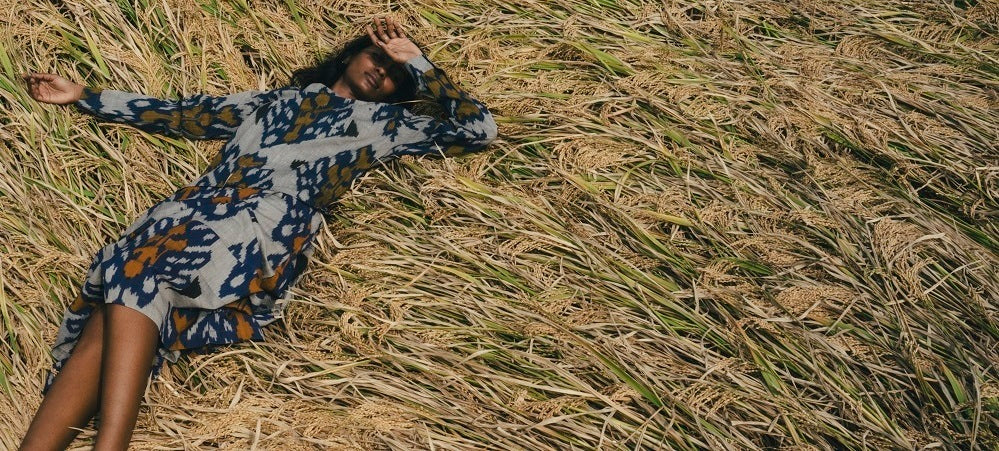Cotton is one of the most commonly grown crops around the world and as a global commodity, its provenance becomes obscured and the impact of its cultivation on the earth and the farmers becomes untraceable and unaccountable. It can present many challenges.
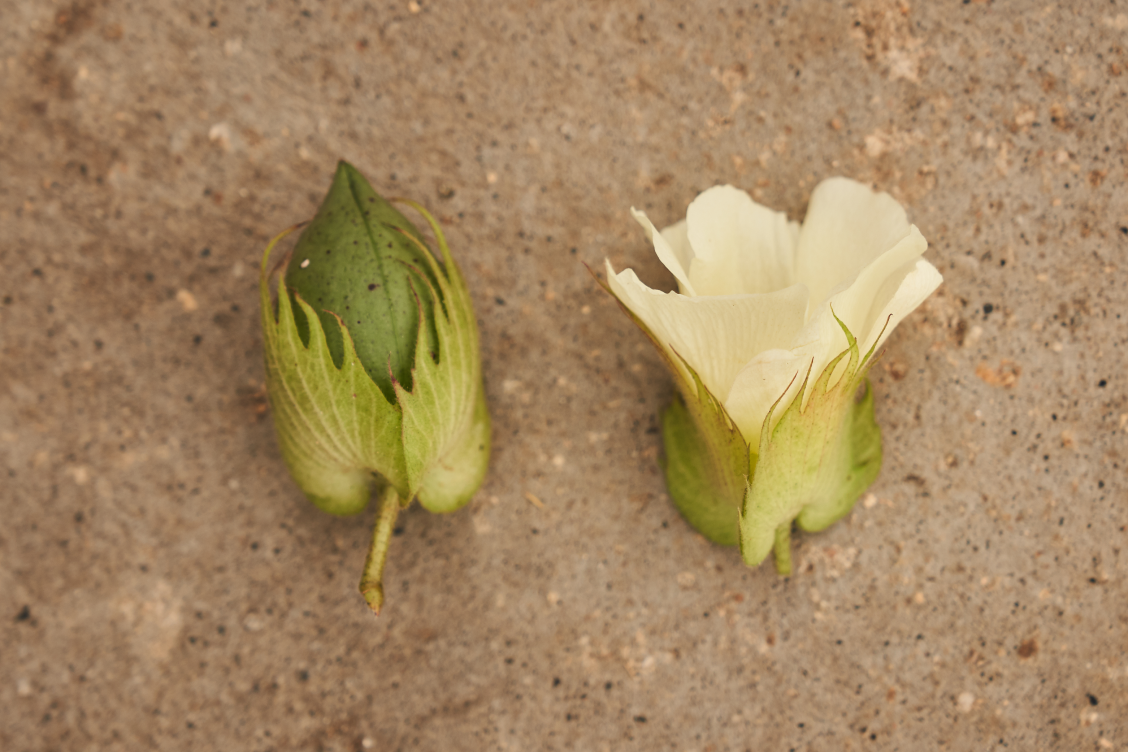
At Oshadi Collective, we are all about finding solutions to make cotton farming work in harmony with nature and the earth. Cotton farming is at the centre of what we do, and our cotton is not only traceable back to the fields, but is part of a whole ecosystem designed to enrich the earth, not deplete it. We can tell you the names of the farmers; we can introduce you to our cotton pickers, our spinners, our weavers. We believe in changing the way cotton is grown so that the process is sustainable in the true sense of the word.
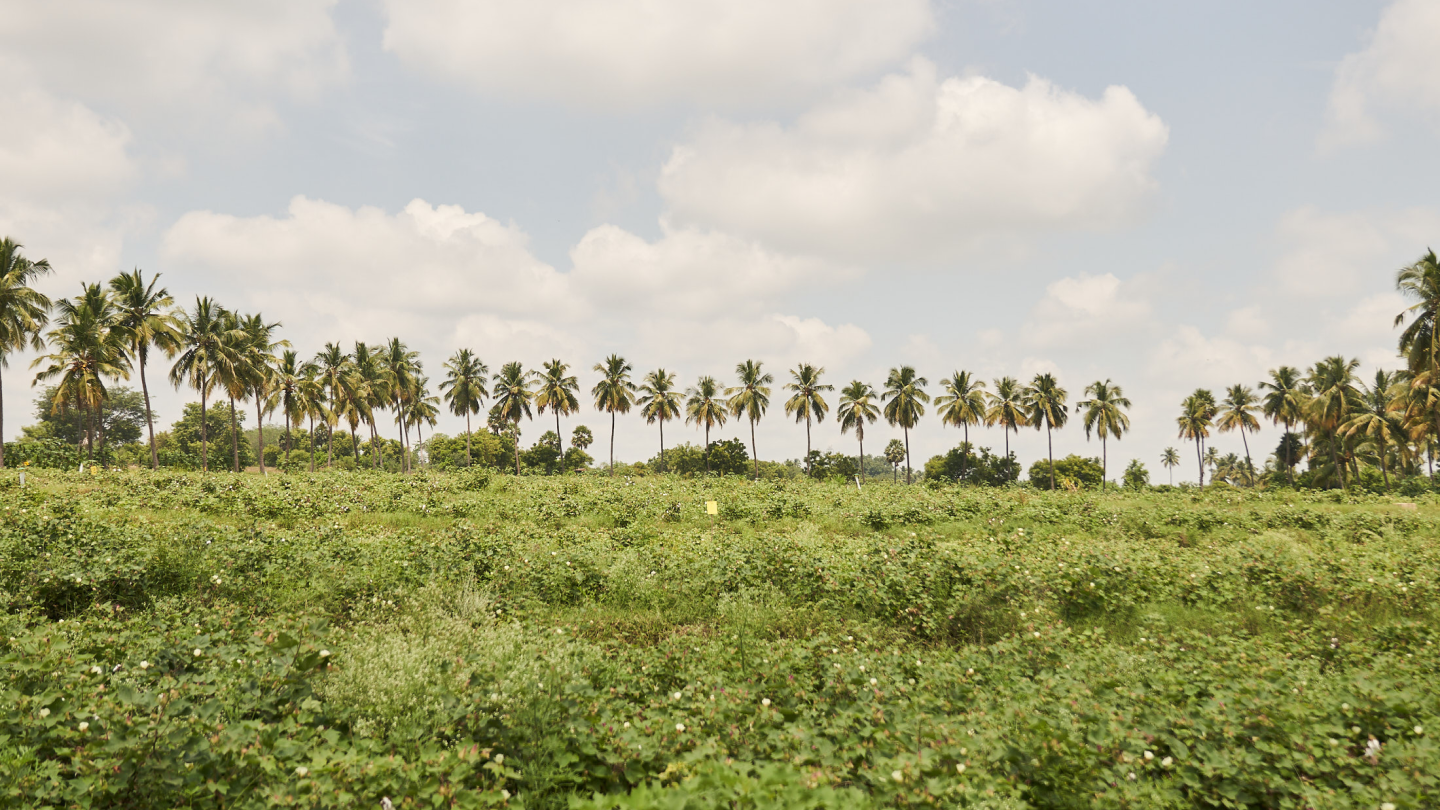
How do we grow cotton?
We plant pollinating strips to attract pollinators to give our plants some extra help. We grow other crops in between our cotton plants, and by planting ground cover we ensure the soil is always protected, and creates green manure that can be ploughed back into the earth to maintain the carbon levels in the soil. There are many ways in which to create a good yield of highest quality, long staple cotton without resorting to chemicals and pesticides, ensuring the health of the soil and the farmers is the priority.
What about the seed?
The farmers in the Oshadi Collective use Surabhi variety long staple cotton which is non-GMO, developed to resist wilt and well suited to the local climate of Tamil Nadu. The plant has a 180 day (six month) life cycle from sowing to harvesting. Cotton harvesting starts from the fourth month. The cotton boll that is harvested is both seed and lint, all tangled together - 65% of seed and 35% lint in weight. The ginning process separates the seed and lint and the seeds are used for next season’s sowing as well as for cow feed & compost. Nothing goes to waste.
Cotton stages in Tamil calendar
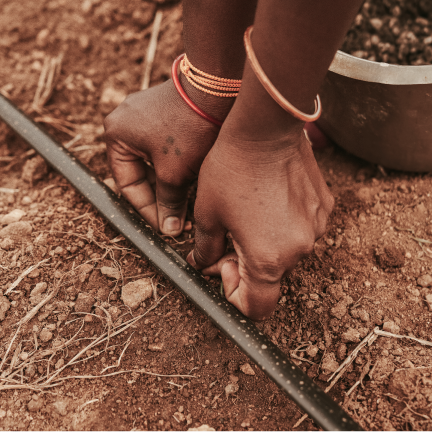
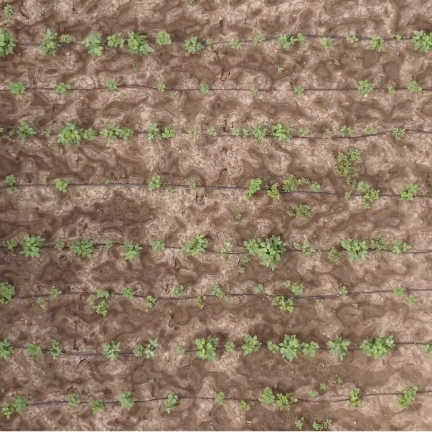
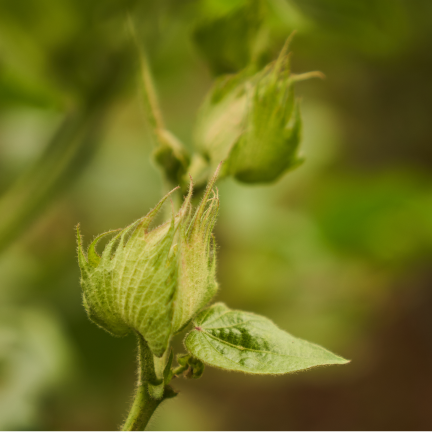
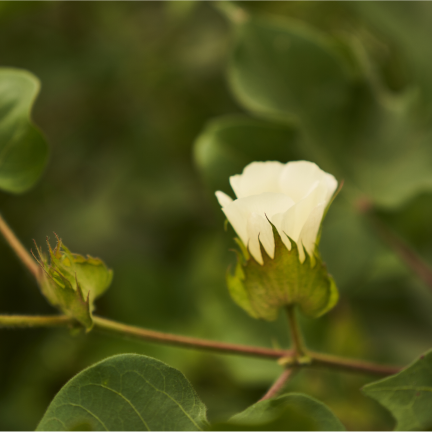
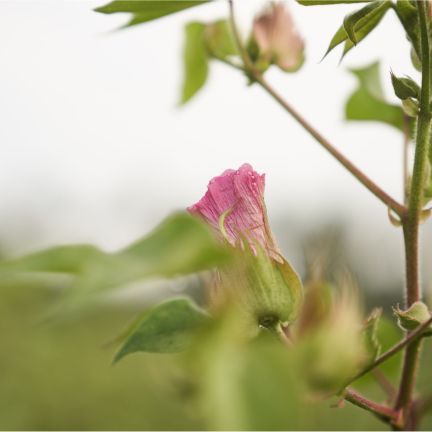
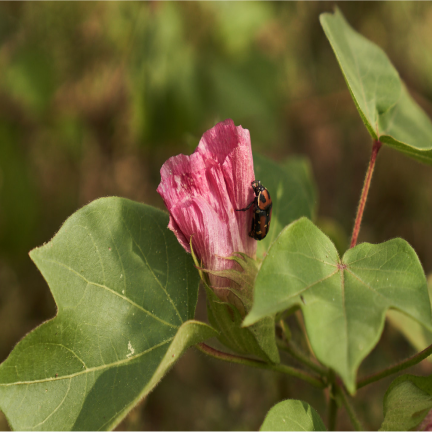
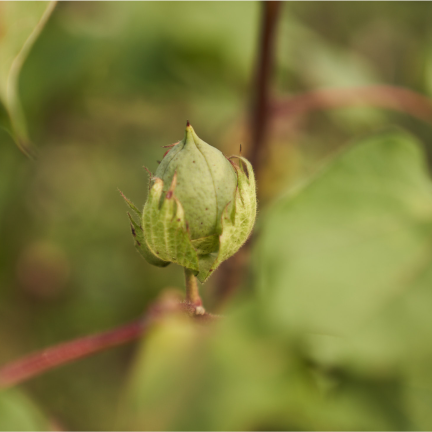
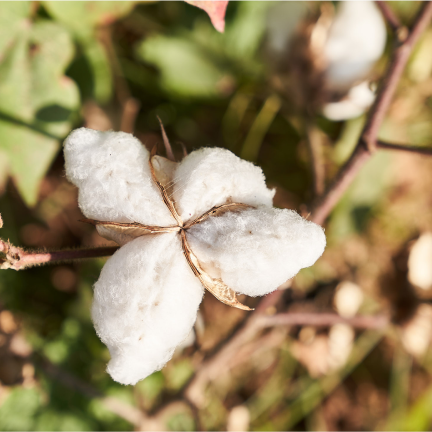
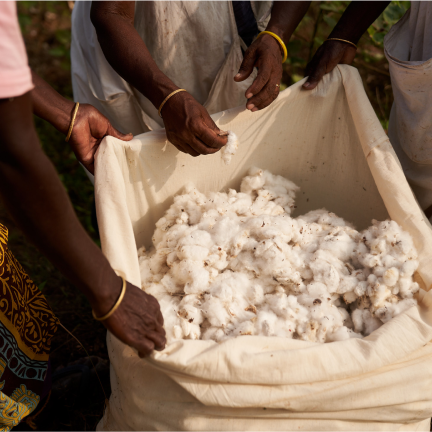
For more information on the positive solutions to cotton production, check out Maria Lanfranchi’s The Cotton Diaries. You can read about Nishanth’s story of how he started the Oshadi Collective cotton farm here.
Photography by: Ashish Chandra

